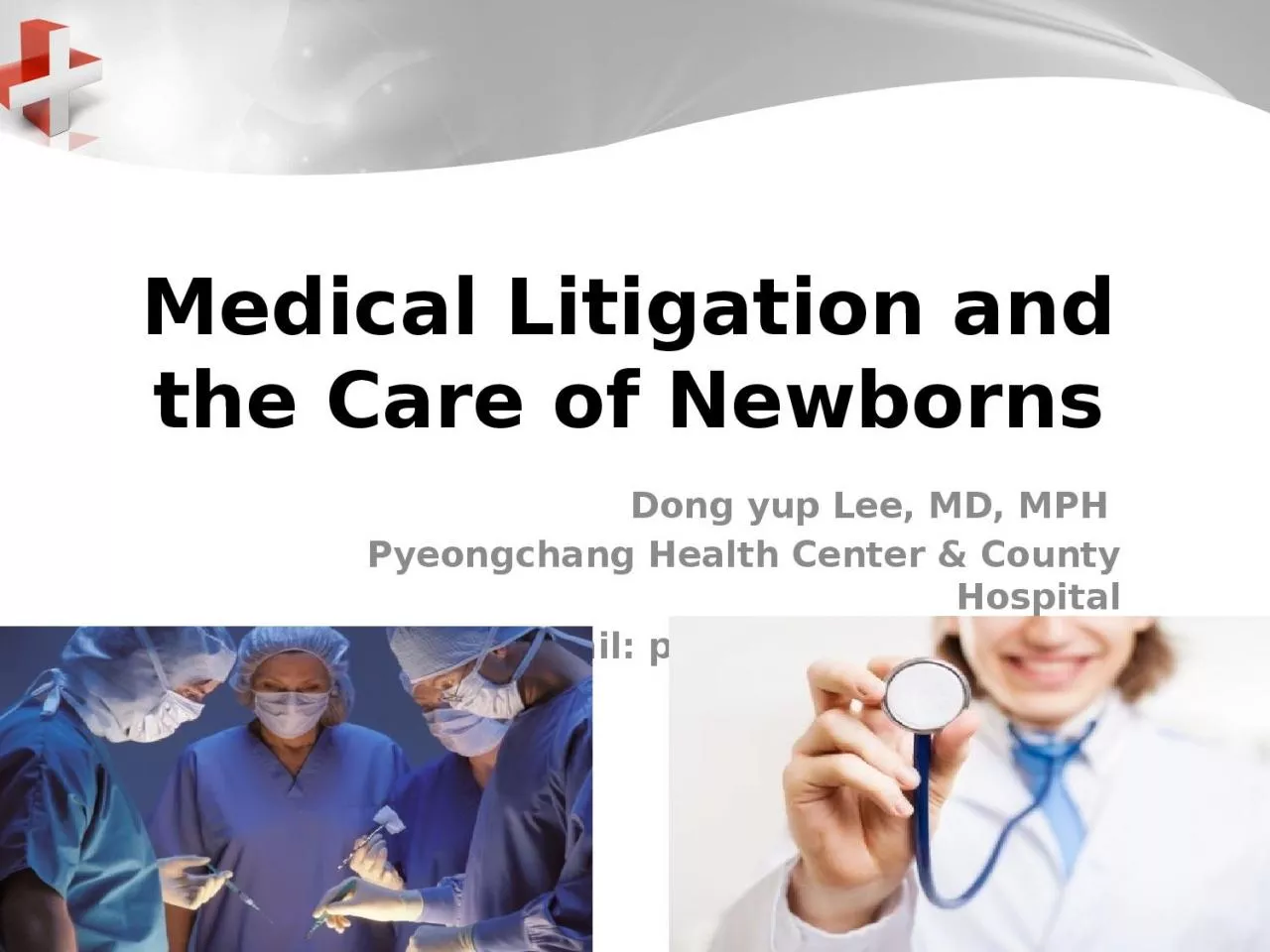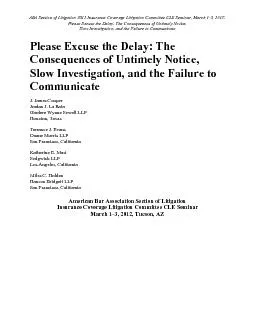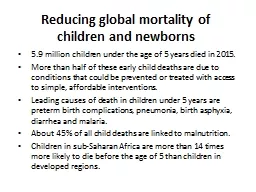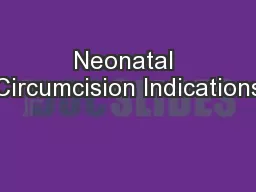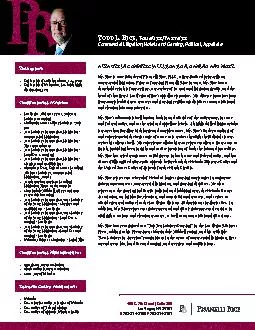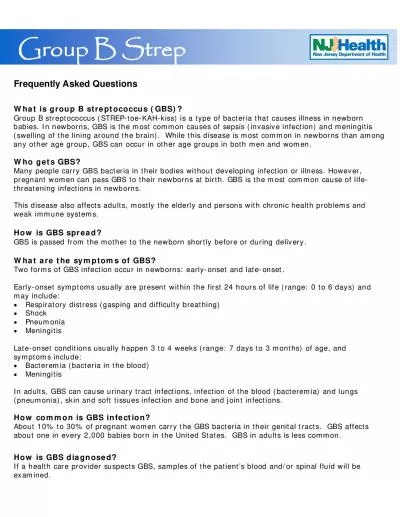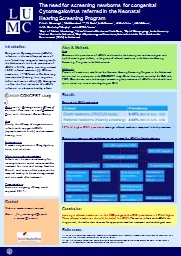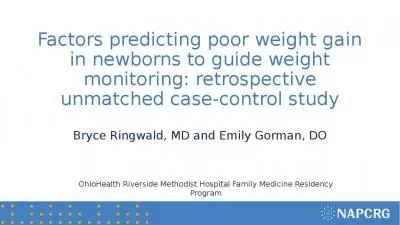PPT-Medical Litigation and the Care of Newborns
Author : freya | Published Date : 2024-02-09
Dong yup Lee MD MPH Pyeongchang Health Center amp County Hospital Email ped83dyleegmailcom Increasing medical disputes Data from the Korea Medical Dispute Mediation
Presentation Embed Code
Download Presentation
Download Presentation The PPT/PDF document "Medical Litigation and the Care of Newbo..." is the property of its rightful owner. Permission is granted to download and print the materials on this website for personal, non-commercial use only, and to display it on your personal computer provided you do not modify the materials and that you retain all copyright notices contained in the materials. By downloading content from our website, you accept the terms of this agreement.
Medical Litigation and the Care of Newborns: Transcript
Download Rules Of Document
"Medical Litigation and the Care of Newborns"The content belongs to its owner. You may download and print it for personal use, without modification, and keep all copyright notices. By downloading, you agree to these terms.
Related Documents

